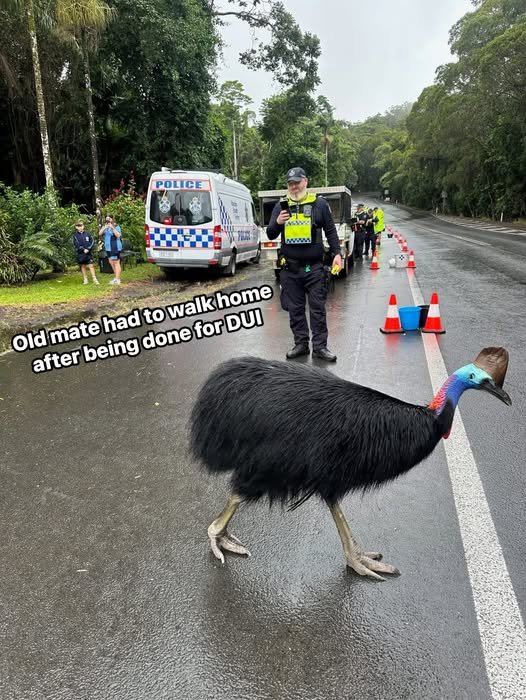-
Posts
10,989 -
Joined
-
Last visited
-
Days Won
86
Content Type
Profiles
Forums
Events
Everything posted by Buckshot Bear
-
-
-
-
-
-
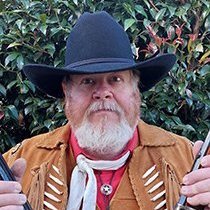
The AI Generated Thread - That YOU Created
Buckshot Bear replied to Buckshot Bear's topic in SASS Wire Saloon
-
-
Its terrible to say aloud now all these years later....but yes, we used these to break the 'odd' window or inflict major pain these sometimes instead of folded paper.
-
-
-
-
-
-

The Photo thread of Photos that YOU took
Buckshot Bear replied to Buckshot Bear's topic in SASS Wire Saloon
-

The Photo thread of Photos that YOU took
Buckshot Bear replied to Buckshot Bear's topic in SASS Wire Saloon
-
-
-
We always count the fingers and toes on Tasmanians
-
A recipe on the Classic Bread and butter pudding! 1 teaspoon ground cinnamon 1/4 cup sugar 4 Tablespoons butter or margarine, more or less as needed, 5 slices crust-on white bread 1/2 cup golden raisins 2 cups milk 2 eggs DIRECTIONS: Preheat oven to 350 degrees F./180 C Add cinnamon to sugar in cup and mix well. Set aside. Generously spread one side of each piece of bread with butter or margarine. Cutting diagonally, slice each in half. Arrange triangle slices in pan, slightly overlapping, with butter-side up and cut edges facing the same direction, making a spiral. As you add the bread, sprinkle with sugar, cinnamon, and raisins. Put milk in small bowl, add eggs, and using whisk or fork, mix to blend well. Pour milk mixture over bread and raisins in baking pan. Set aside for about 15 minutes for bread to absorb liquid. Bake in oven for about 30 minutes, or until top is golden brown. Serve the pudding while still warm in individual dessert bowls. It is eaten plain or with cream poured over it.
-
In Australia, it is legal to marry your first cousin. The Marriage Act of 1961 does not list first cousins as a prohibited relationship, meaning you are free to marry a first cousin as long as other legal requirements are met. That's why ya' gotta' be careful.....especially in Tasmania
-
-
Ostriches are also farmed in Oz Rip, they have escaped (or been let go) and there are some feral populations.
-

The AI Generated Thread - That YOU Created
Buckshot Bear replied to Buckshot Bear's topic in SASS Wire Saloon
-

The AI Generated Thread - That YOU Created
Buckshot Bear replied to Buckshot Bear's topic in SASS Wire Saloon
-
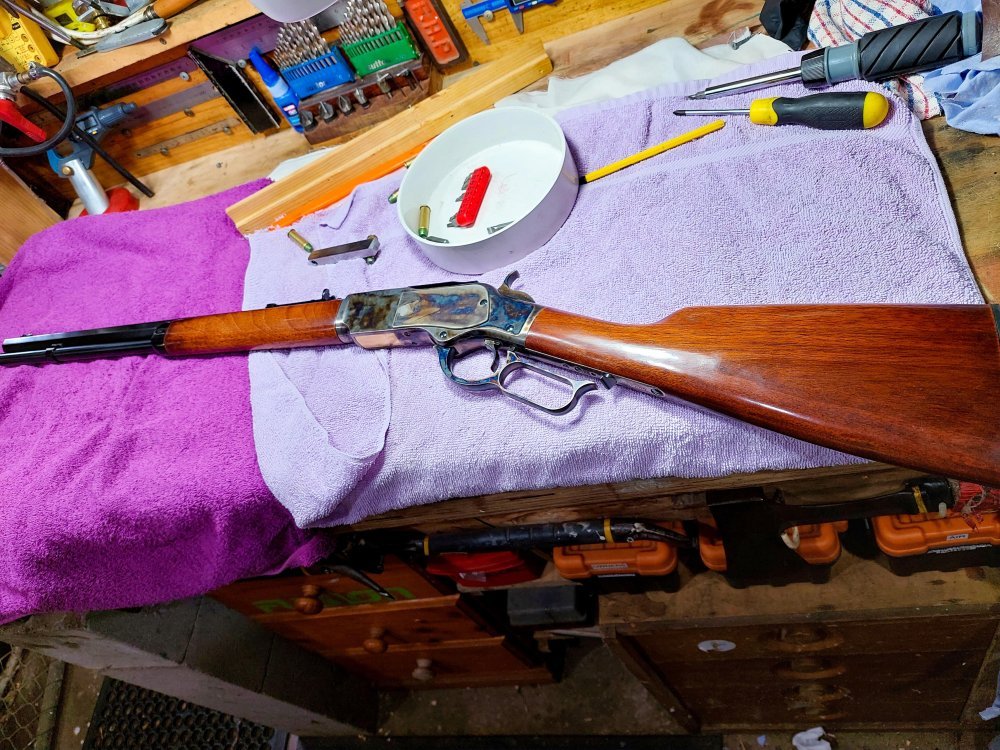
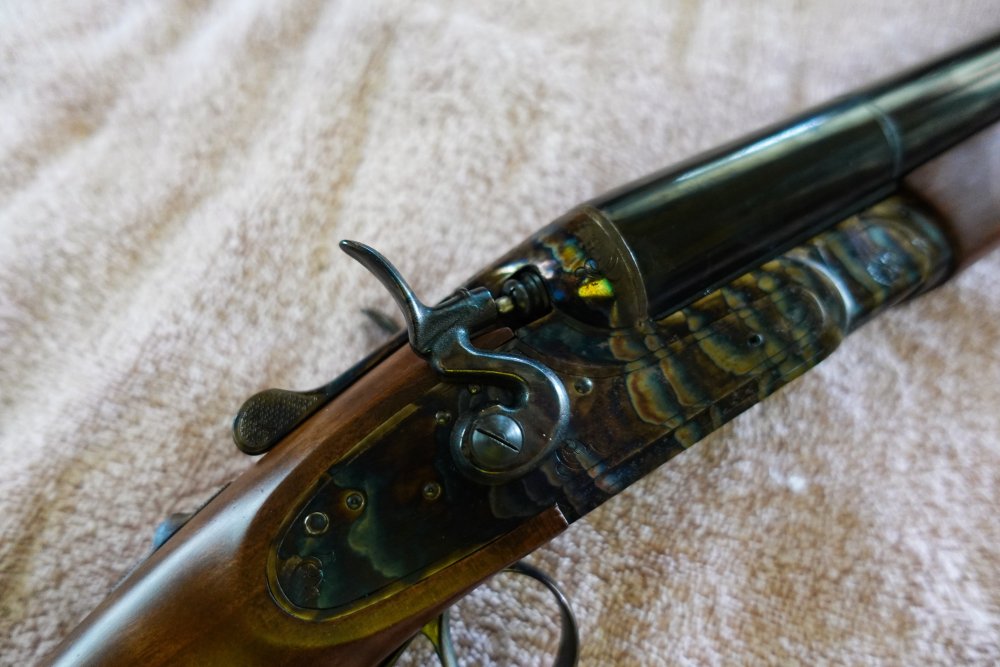
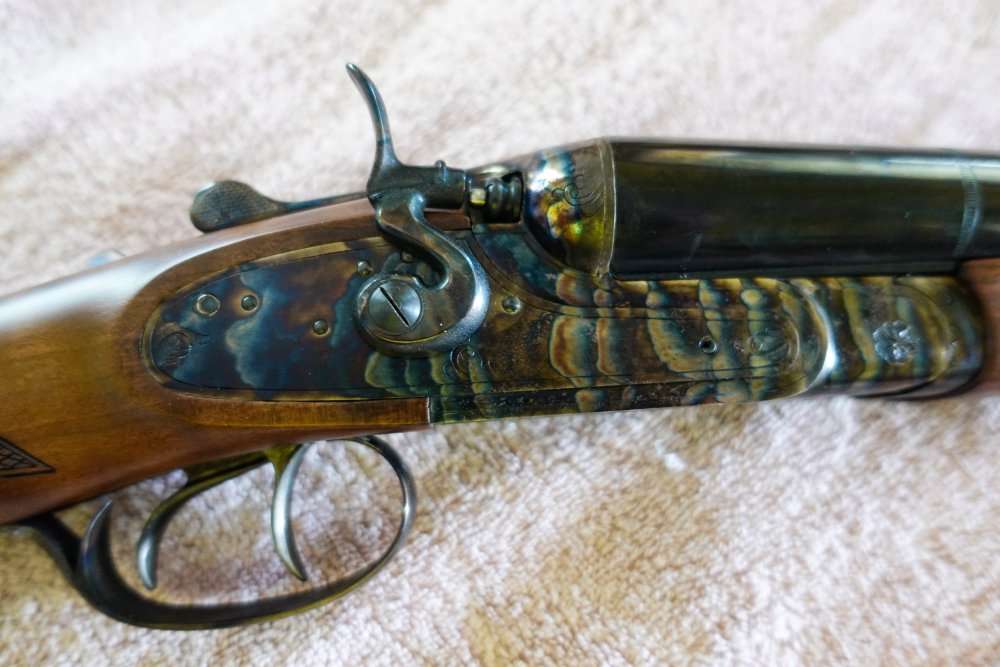
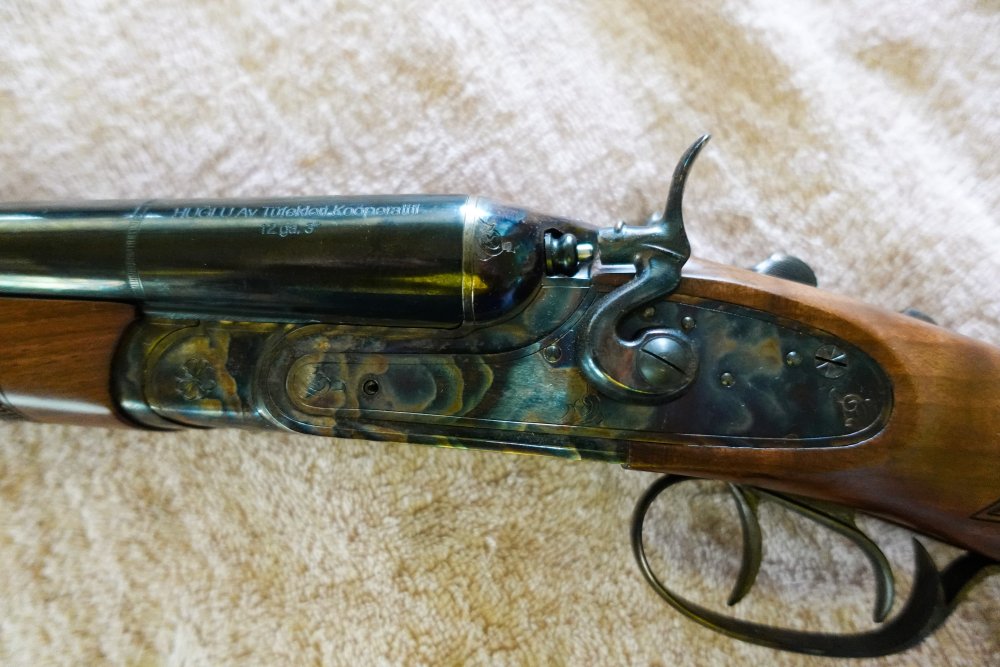
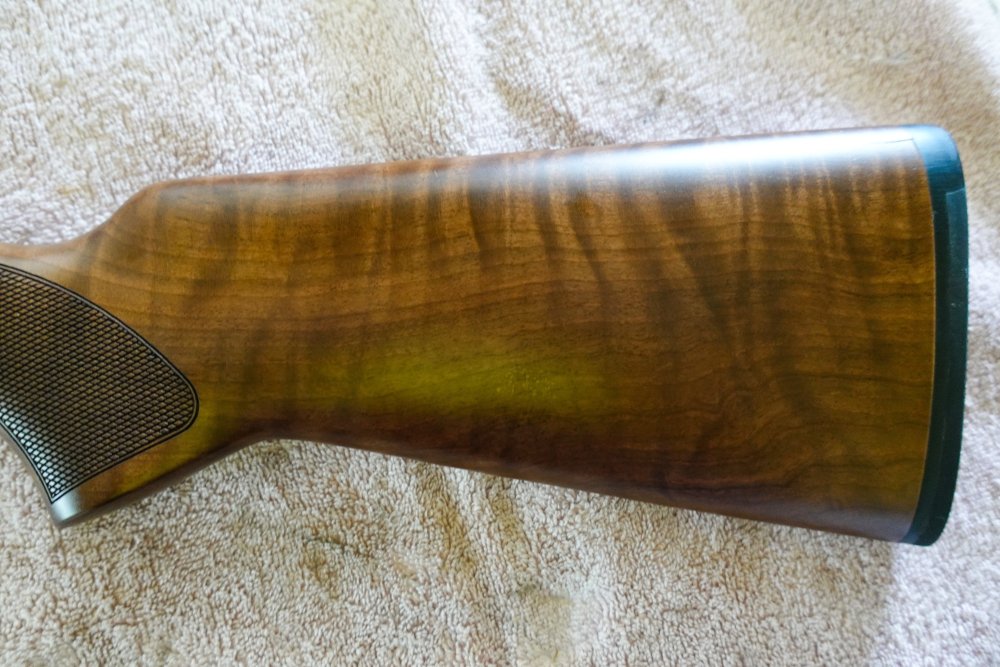
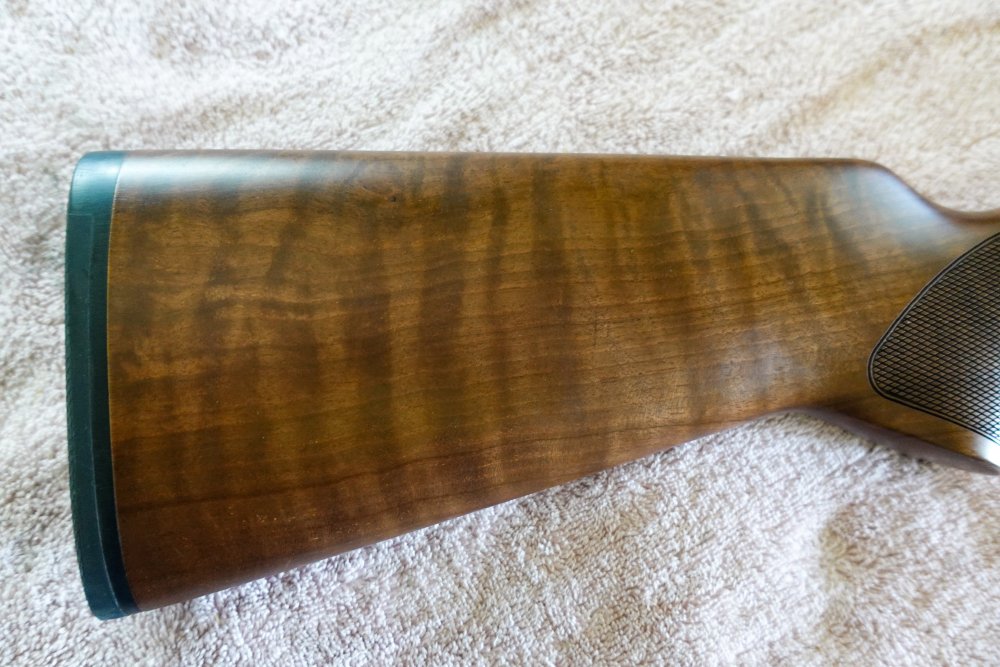

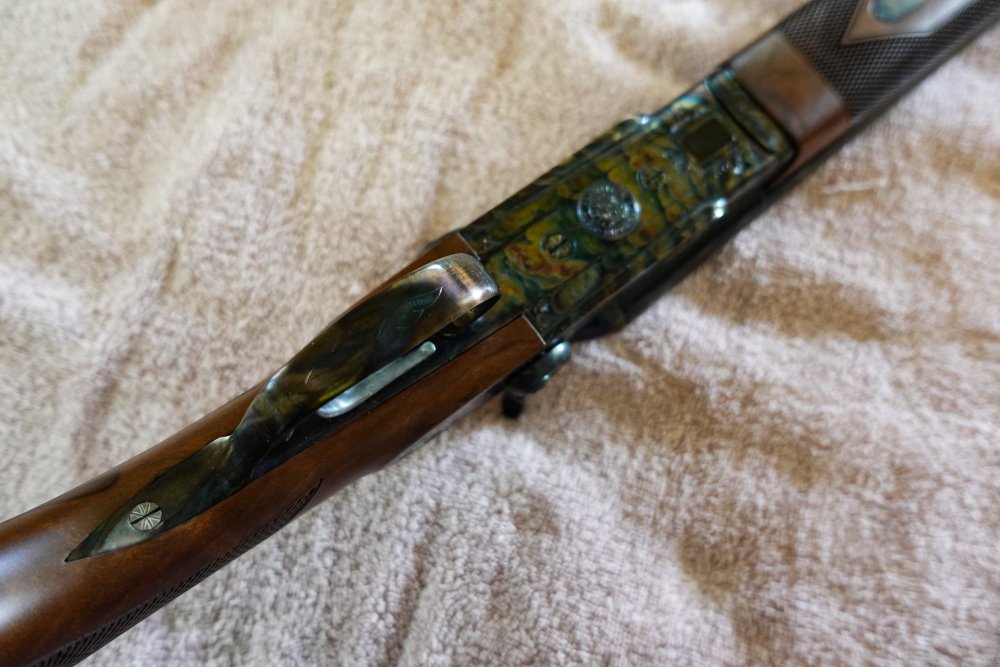
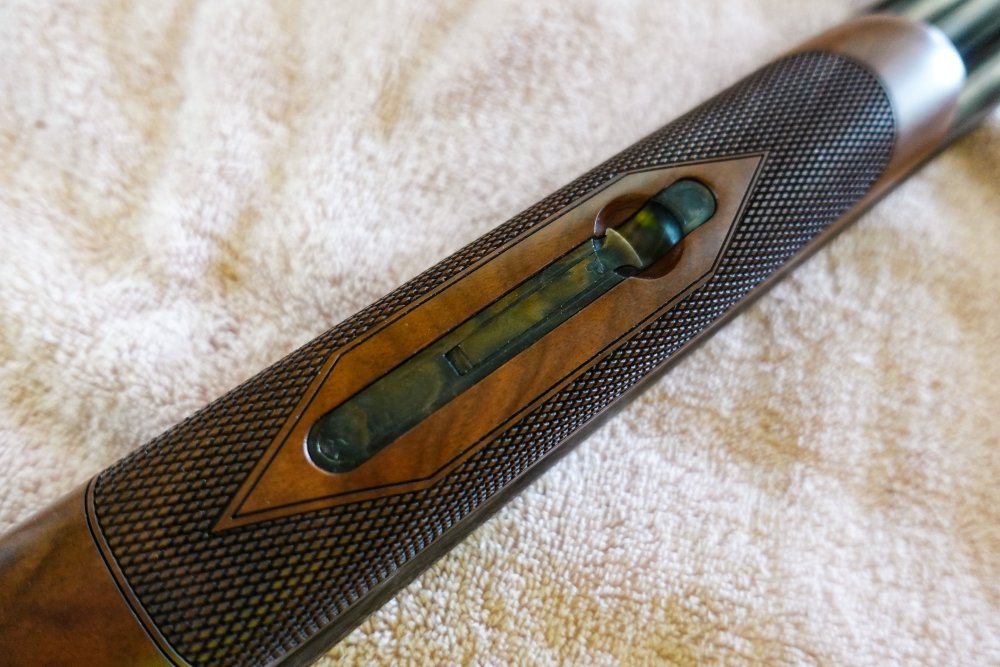
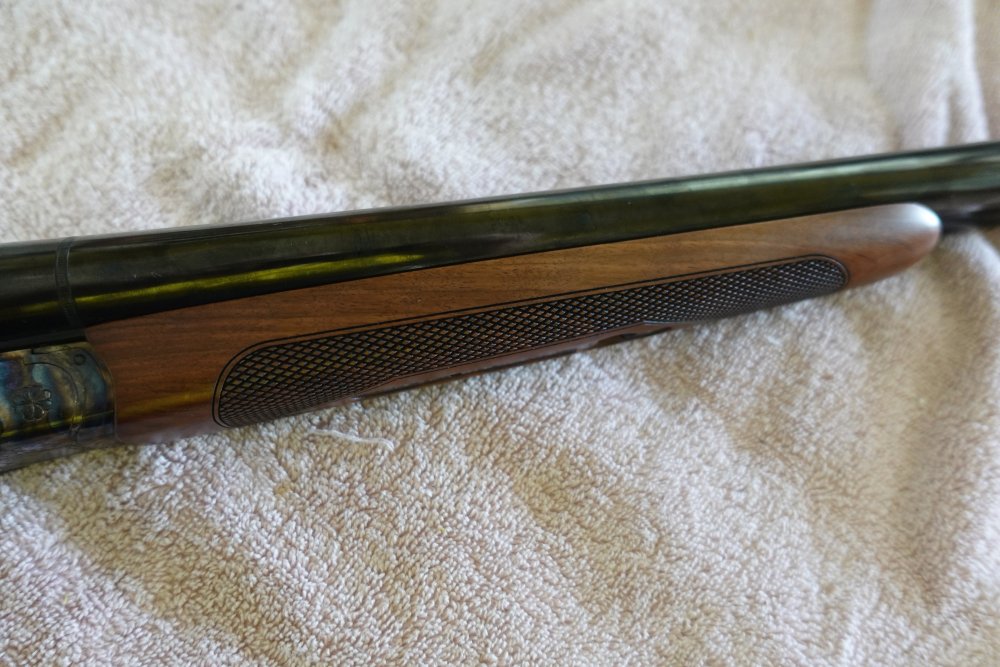


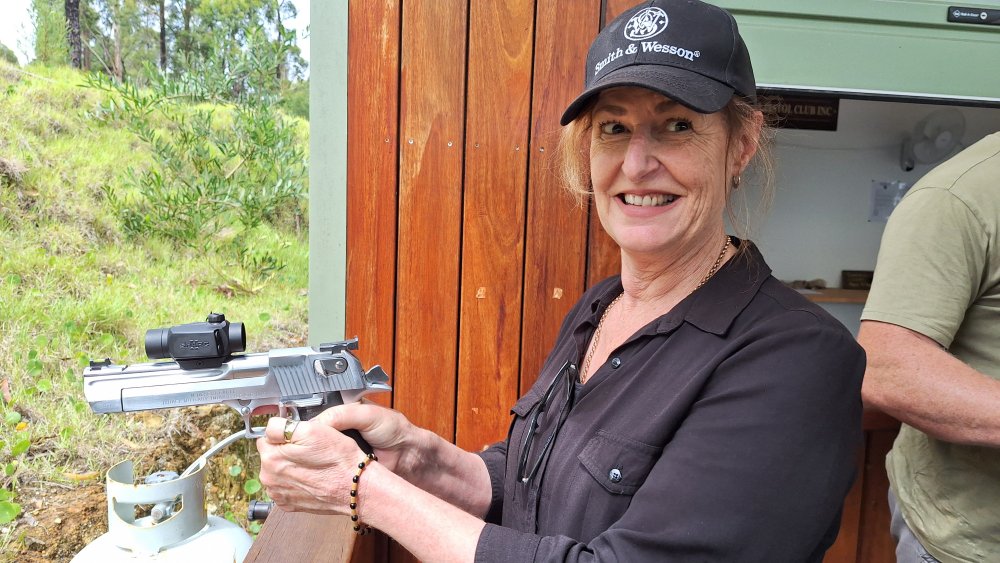
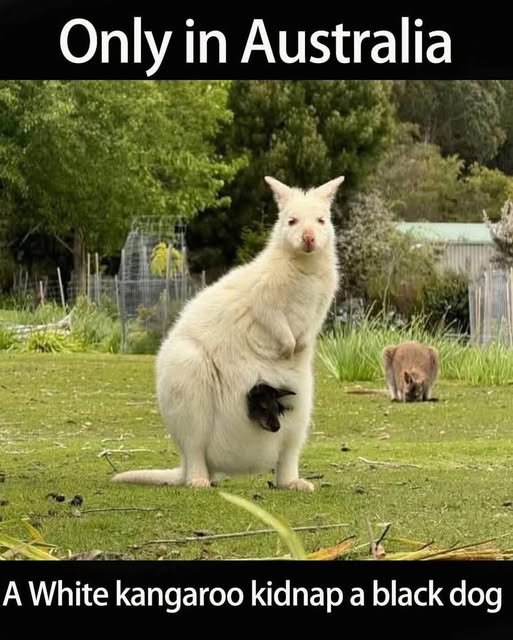

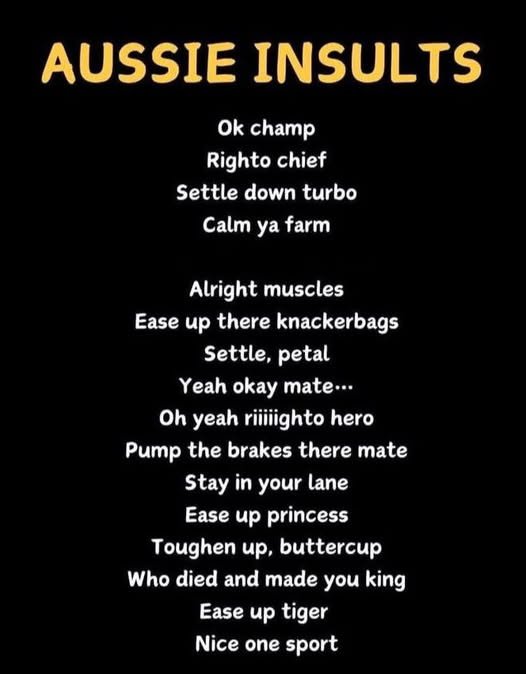
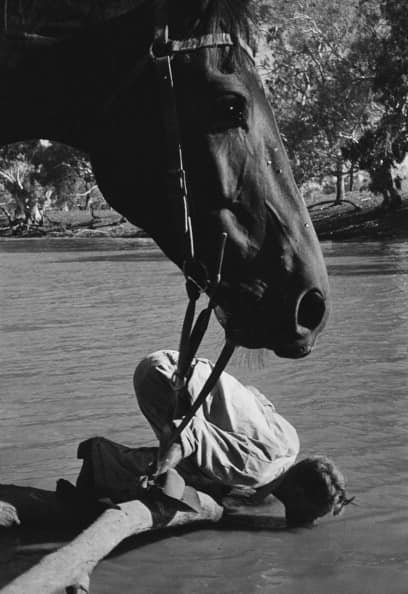
.thumb.jpg.dfcf3208e7c349da74fc3c9bcd8231c4.jpg)
.thumb.jpg.2ab5065d8e66c125176dc4a706456808.jpg)
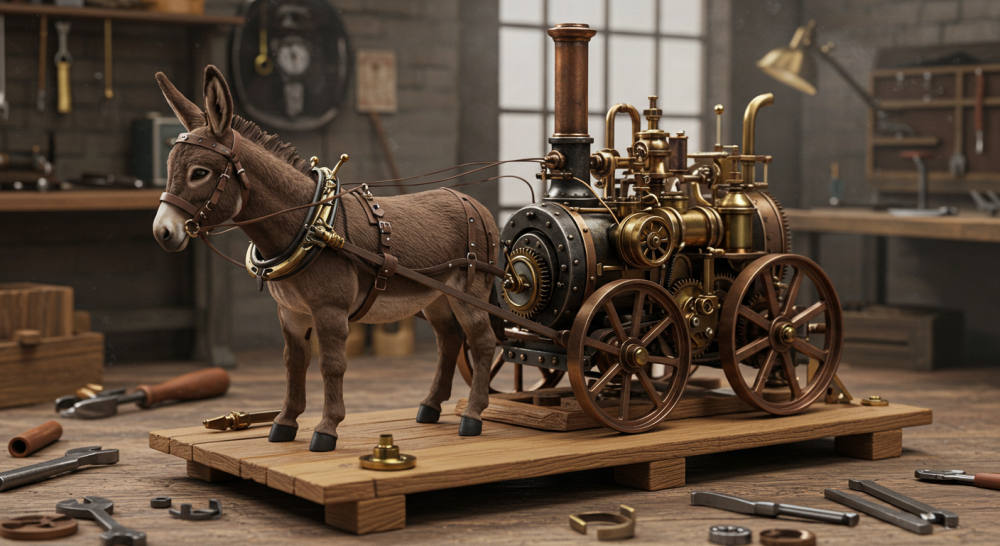

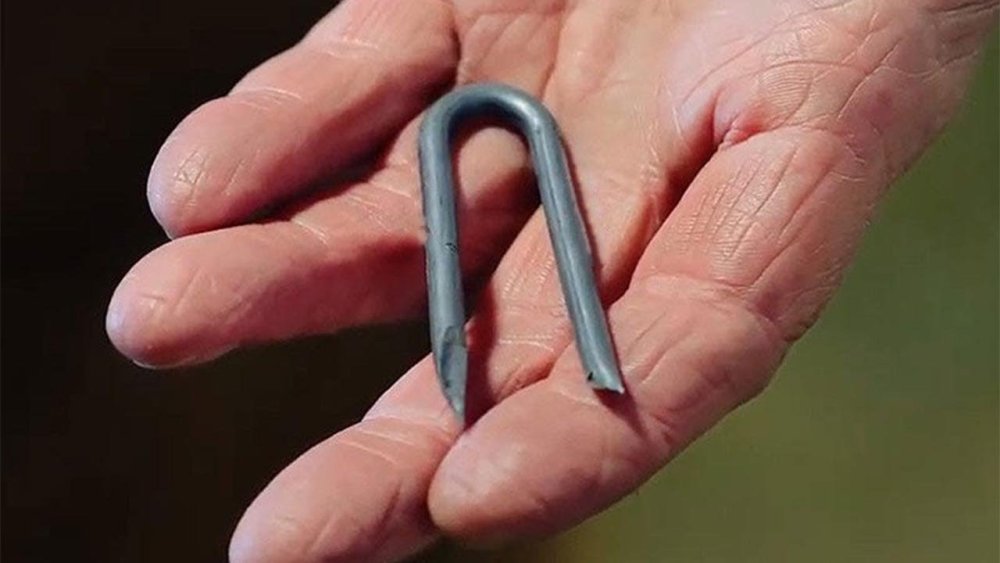
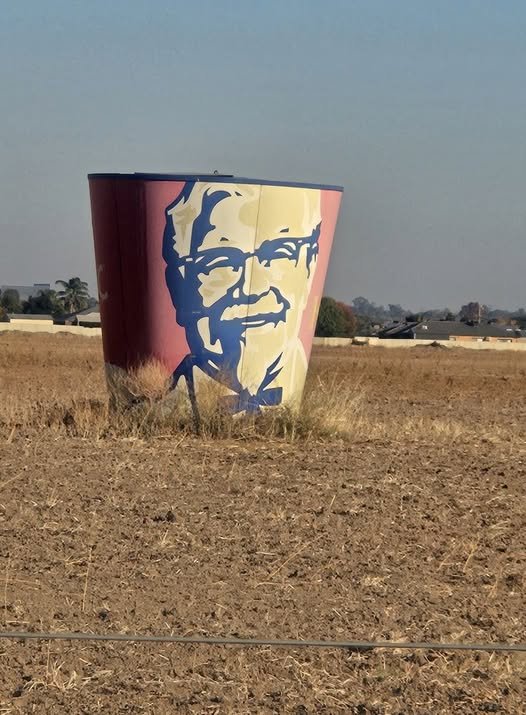
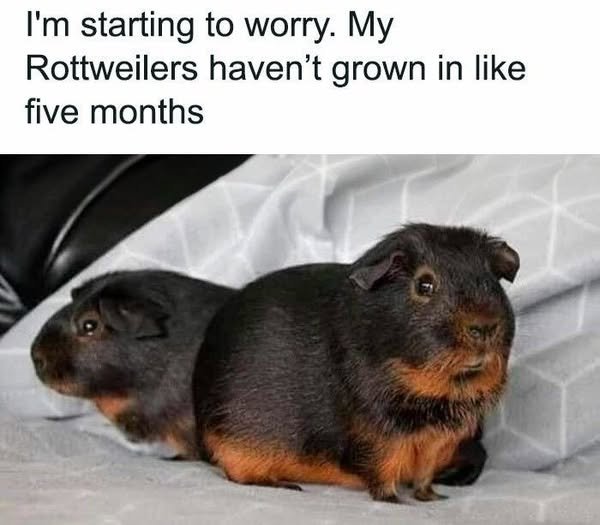

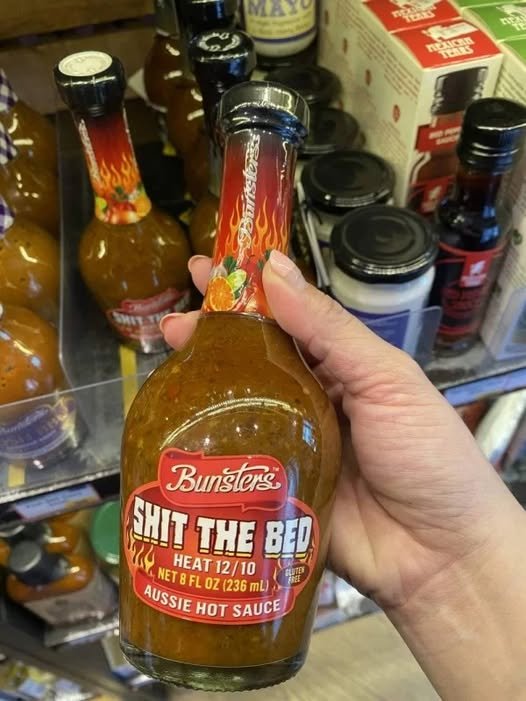


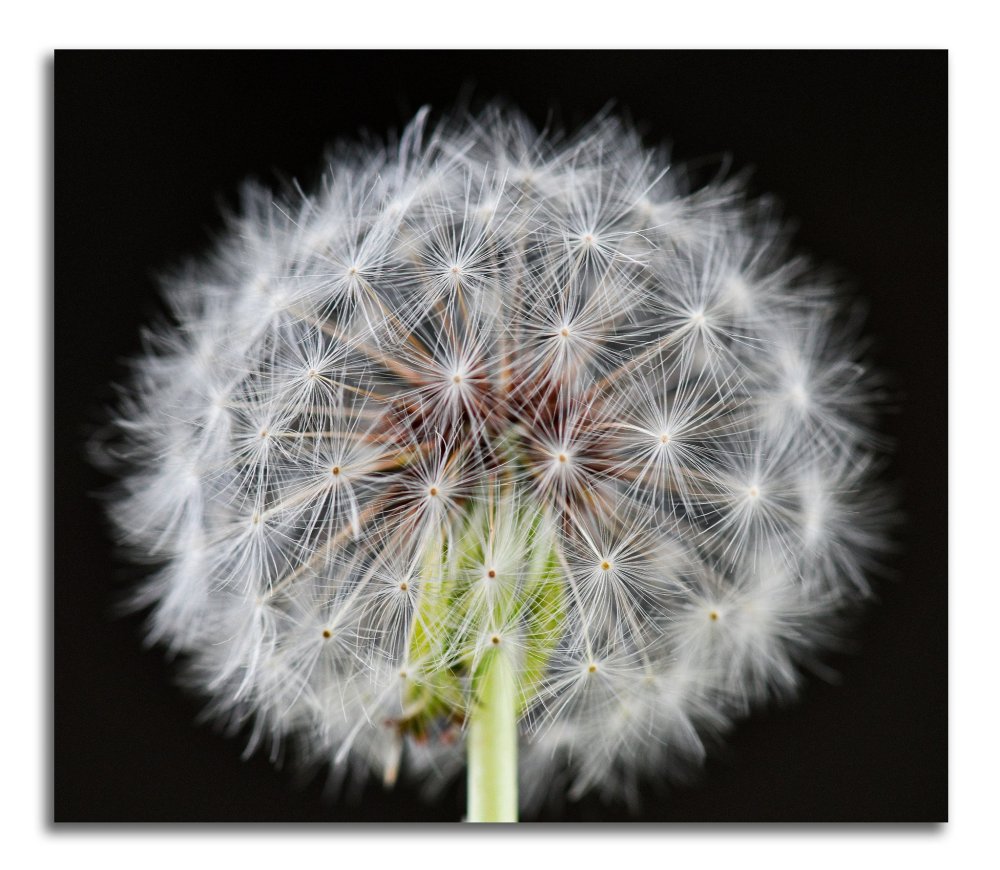
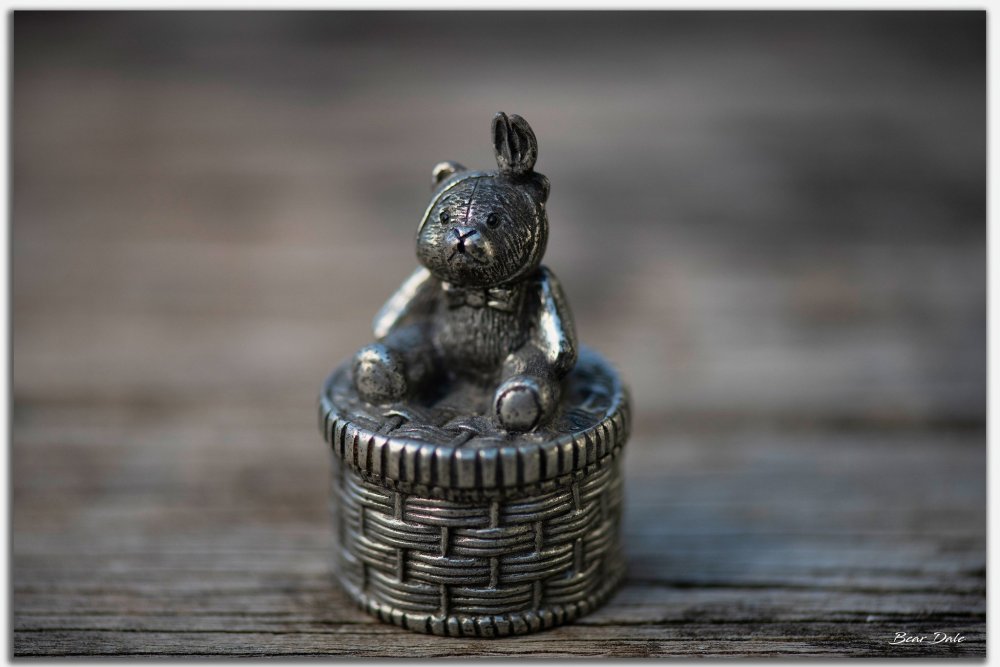

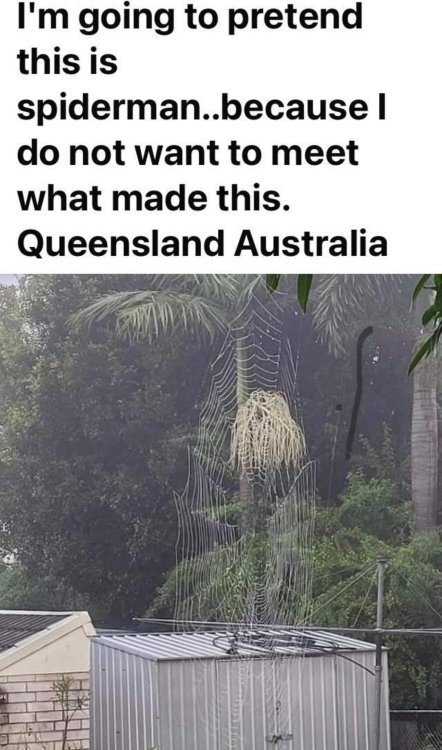



.thumb.jpg.7d380fe9f9f97dcbfdb5d3a29d6bd467.jpg)
.thumb.jpg.65ecf7c7c9c260a206b4212f1c1a0c71.jpg)
.thumb.jpg.3c7331a19a6e2927110cf2e3b97fbaef.jpg)
.thumb.jpg.46785902001948054a087870c79dec73.jpg)

